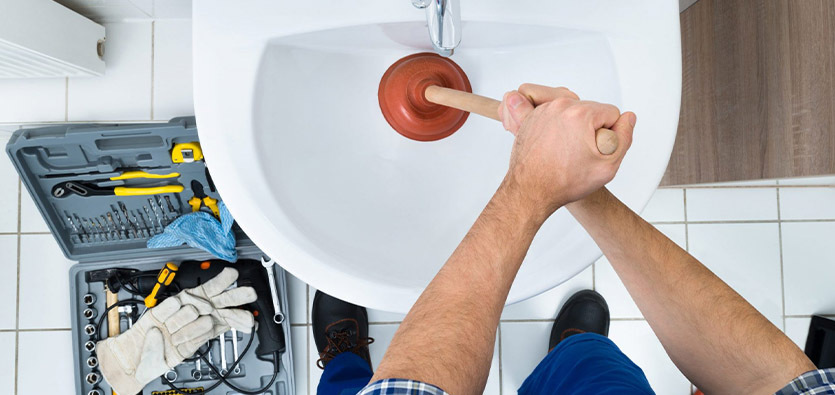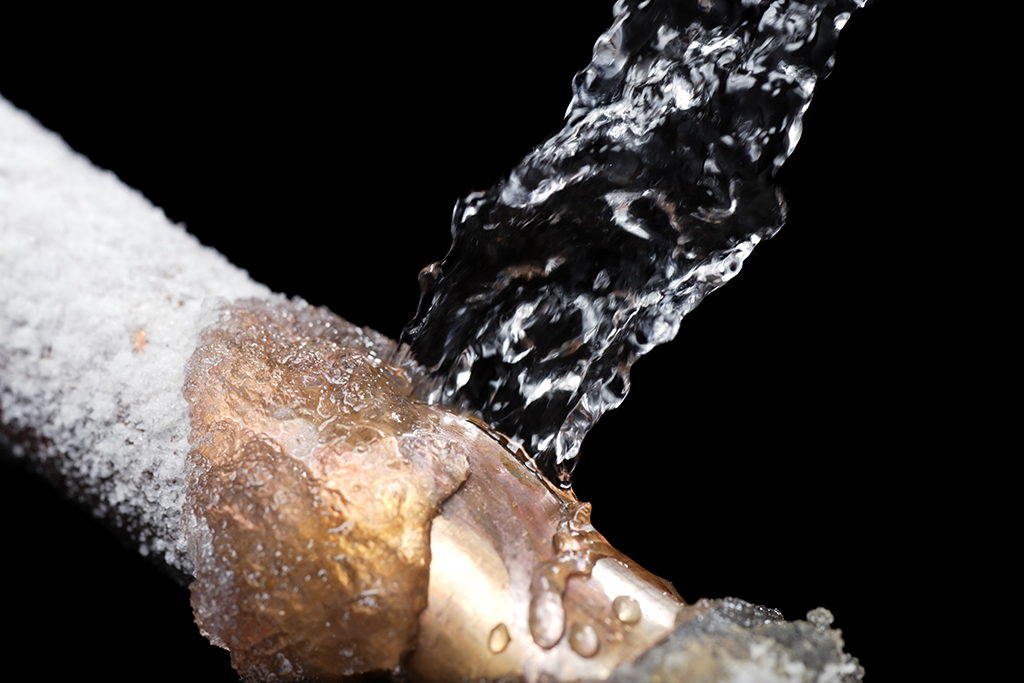Efficient Winterizing Strategies to Prevent Your Pipes From Bursting in Cold Weather
Efficient Winterizing Strategies to Prevent Your Pipes From Bursting in Cold Weather
Blog Article
In this article down the page you can get lots of sensible points involving How to stop pipes from freezing during the winter.

All property owners that live in pleasant environments should do their best to winterize their pipelines. Failing to do so can lead to calamity like icy, cracked, or ruptured pipelines.
Activate the Faucets
When the temperature level decreases and also it appears as if the frigid temperature level will last, it will certainly aid to transform on your water both inside your home and also outdoors. This will certainly maintain the water moving with your plumbing systems. You'll end up throwing away gallons of water this method.
Open Up Closet Doors Hiding Plumbing
It would certainly be helpful to open cupboard doors that are camouflaging your pipes when it's chilly outside. They could be somewhere in your cooking area or bathroom. This will enable the cozy air from your heater to circulate there. Because of this, you protect against these revealed pipelines from cold. Doing this small trick can keep your pipes warm and limit the potentially hazardous outcomes of freezing temperature levels.
Take Time to Cover Exposed Pipes
One great and also very easy hack to heat up freezing pipes is to cover them with cozy towels. You can also use pre-soaked towels in warm water, simply do not neglect to put on protective handwear covers to secure your hands from the heat.
Try a Hair Clothes Dryer or Warmth Weapon
When your pipelines are practically freezing, your dependable hair dryer or warmth weapon is a blessing. If the hot towels do not help dislodge any type of working out ice in your pipelines, bowling hot air straight into them might aid. However, do not use various other objects that produce straight fires like a blow torch. This can lead to a bigger calamity that you can not manage. You may wind up harmful your pipes while attempting to thaw the ice. And in the long run, you might even end up shedding your home. Beware!
When Pipes are Frozen, shut Off Water
Switch off the main water valve immediately if you observe that your pipes are totally frozen or almost nearing that phase. You will usually locate this in your basement or laundry room near the heating unit or the front wall closest to the street. Transform it off immediately to prevent further damages.
Don't forget to close exterior water sources, as well, such as your connection for the yard residence. Doing this will prevent additional water from filling your plumbing system. With more water, more ice will pile up, which will at some point lead to break pipelines. If you are unclear regarding the state of your pipes this winter season, it is best to call a specialist plumber for an assessment. Taking this positive strategy can save you hundreds of dollars out of commission.
All home owners who live in temperate climates should do their finest to winterize their pipes. Failing to do so can lead to calamity like frozen, broken, or ruptured pipes. If the hot towels do not help displace any type of settling ice in your pipelines, bowling warm air straight into them may aid. Transform off the primary water shutoff promptly if you discover that your pipelines are totally icy or nearly nearing that stage. With even more water, even more ice will stack up, which will ultimately lead to rupture pipes.
PREVENT YOUR PIPES FROM FREEZING THIS WINTER
A Leading Cause of Property Damage
When the weather is taking a deep nose dive into the cold dreary days, the risk of your pipes freezing and potentially bursting skyrockets. Unfortunately, during these cold dreary months, burst pipes are the most common denominator for property damage. The pipes that are most at the risk are those that are in areas where it is most cold in your home. For instance, pipes located in interior places such as basements, attics, and your garage. Unfortunately, that doesn’t mean that the pipes running through your cabinets or exterior walls can’t freeze. Good news, however, is that you can do things to help prevent pipes from freezing.
How to Prevent Pipes From Freezing
Once the temperature starts to drop during the winter, you should be taking the proper measures needed to ensure that your pipes stay warm and that there is circulation of water through them. Some steps that experts may recommend could go against your better judgement when it comes to saving water and heat. However, it would go without saying that when expenses are compared, damaged pipes could put a bigger dent in your wallet than a water bill.
What Can I Do?
Keep your garage door closed. This is very important, especially if you have water supply lines running through your garage. Open your kitchen and bathroom cabinets to allow warm air to circulate through them. Allow air circulation throughout your home. Keeping the interior doors open will once again allow the warm air to circulate inside your home. Ensure your thermostat is running the same temperature throughout the night and day. If you plan to be away from home during the cold months, set your temperature no lower than 55° F. This should provide enough heat to keep the pipes warm and prevent any remaining water inside the pipes from freezing. For more of a long-term solution, add insulation to attics, basement, and other crawl spaces around your home. By allowing your faucet to drip, it will alleviate pressure in the system. This is important because the pressure that is created between the blockage and the faucet can potentially cause the pipes to burst. Allowing the faucet to drip will prevent the pressure from building up, therefore keeping the pipes from bursting. Seal any cracks, openings, and crawl spaces around your home to prevent cold air from coming inside. This keeps your pipes-not to mention your home-warmer and less susceptible to issues caused by freezing temperatures. For the pipes in your home that are easily accessible, applying electrical tape to them might prevent them from freezing over. This is a quick fix, as you can apply the tape directly to the pipe. There are two options for heating tapes. One turns on and off by itself when it senses heat is needed. The other type of heating tape needs to be applied when heat is needed and removed when not necessary. If you have exposed pipes in your home, you can check this website to take a look at a few options that would be available at a shop near you.

Do you appreciate reading up on How to Prevent Frozen Pipes? Leave a review down below. We would be delighted to hear your opinion about this blog post. We are looking forward that you come back again before long. Do you know about someone else who is enthusiastic about the niche? Take a moment to promote it. I praise you for your time. Please check our site back soon.
Dial, and relax! Report this page